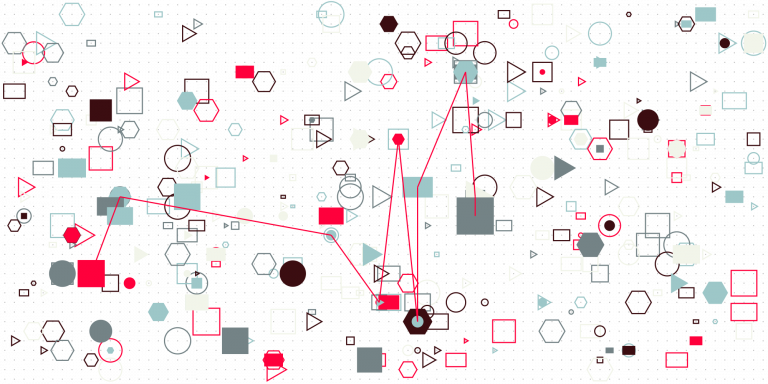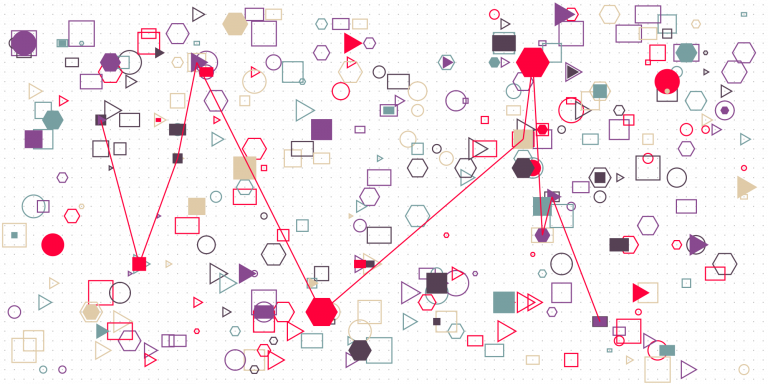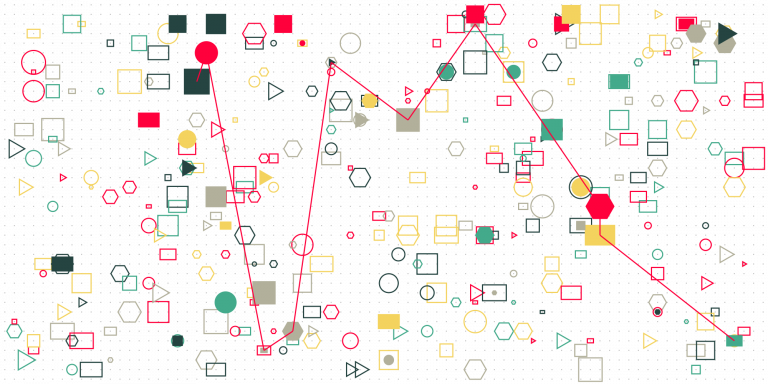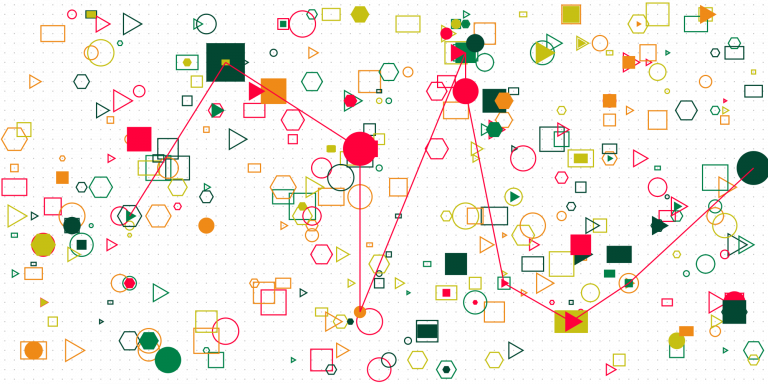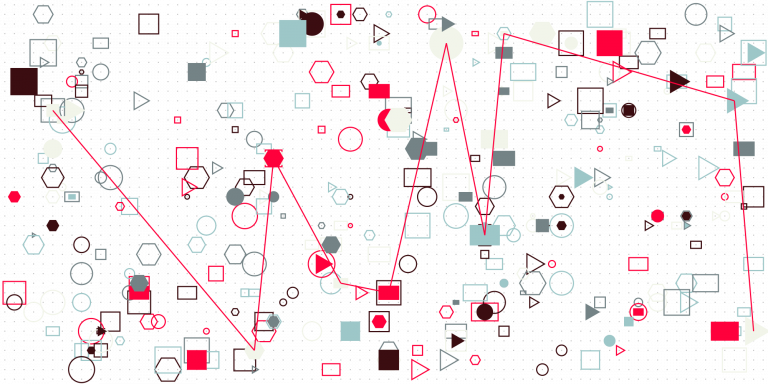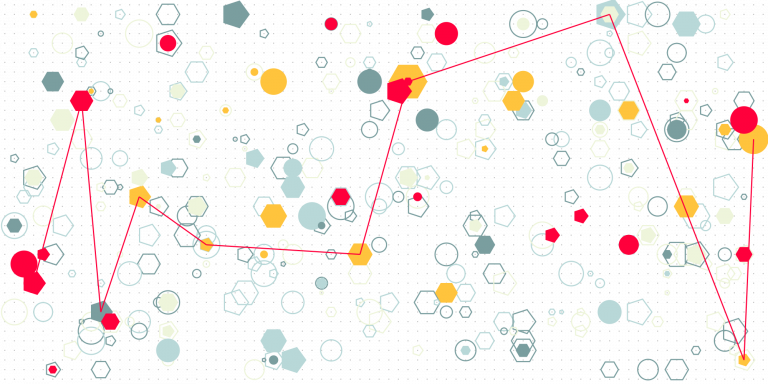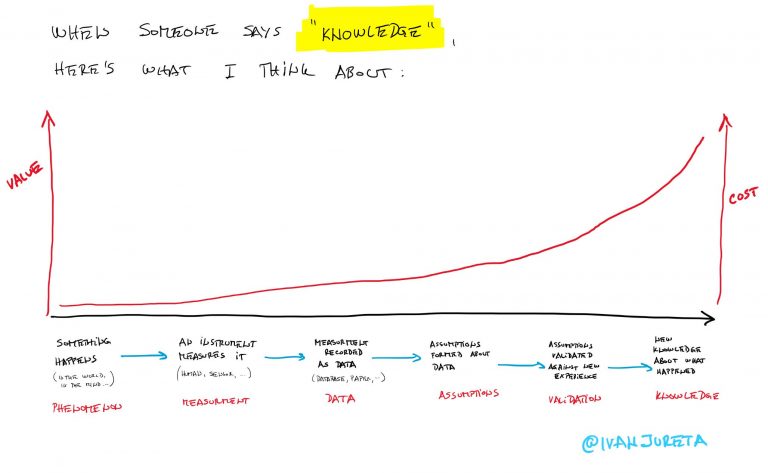Decision Governance Concepts: Outcomes to Explanations
Let’s assume that there is a situation you observed, and you want to understand the decision that led to it – maybe there is something particularly good about the situation and you want to see how to increase the probability that this happens again, or there is something you would want to prevent from happening…
